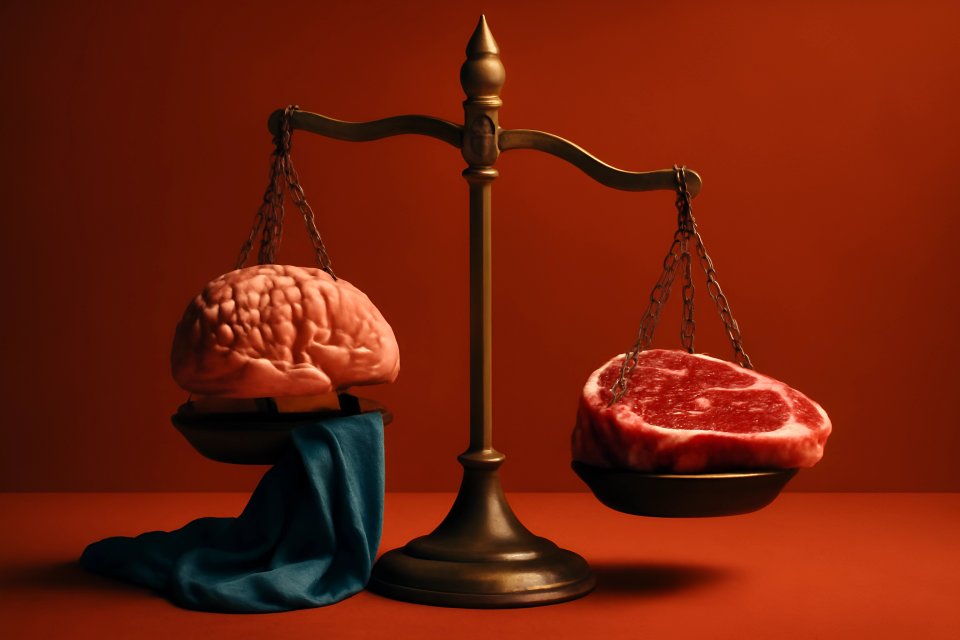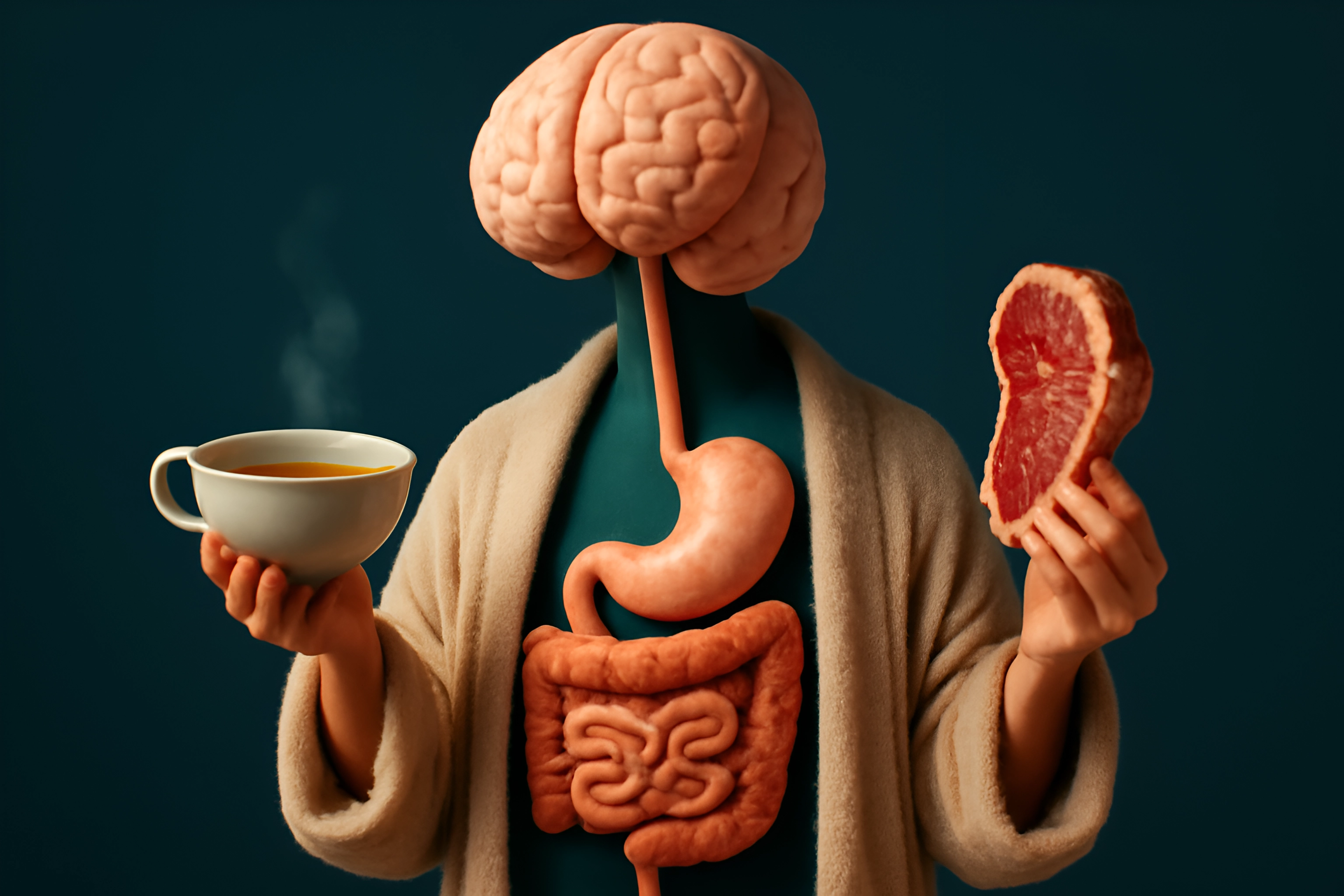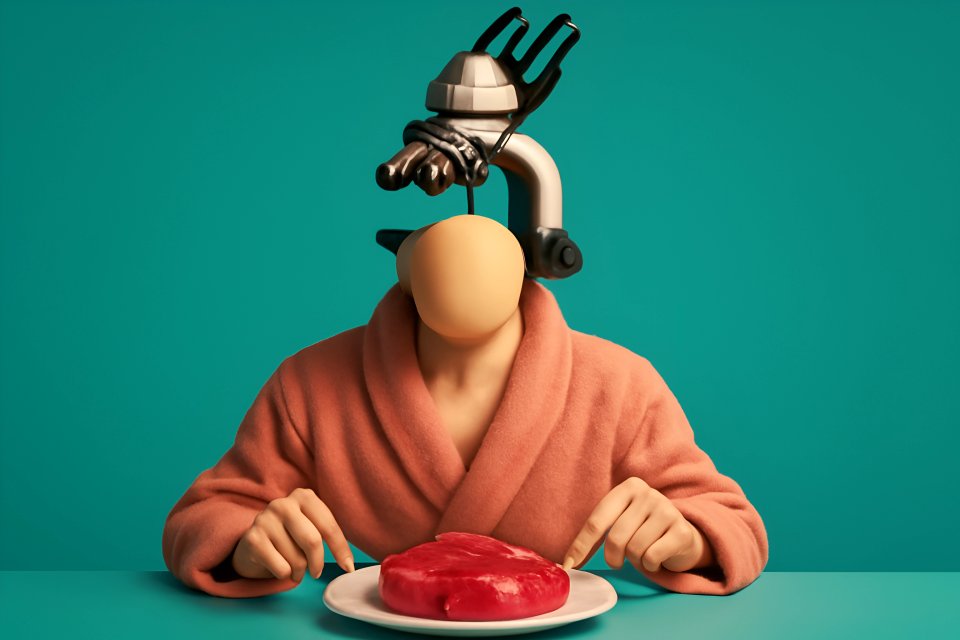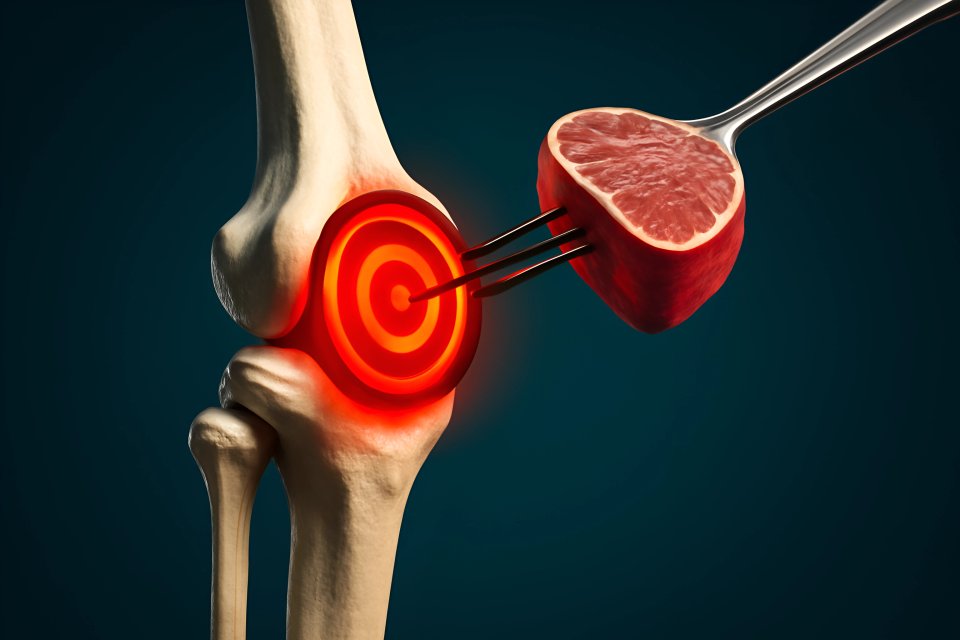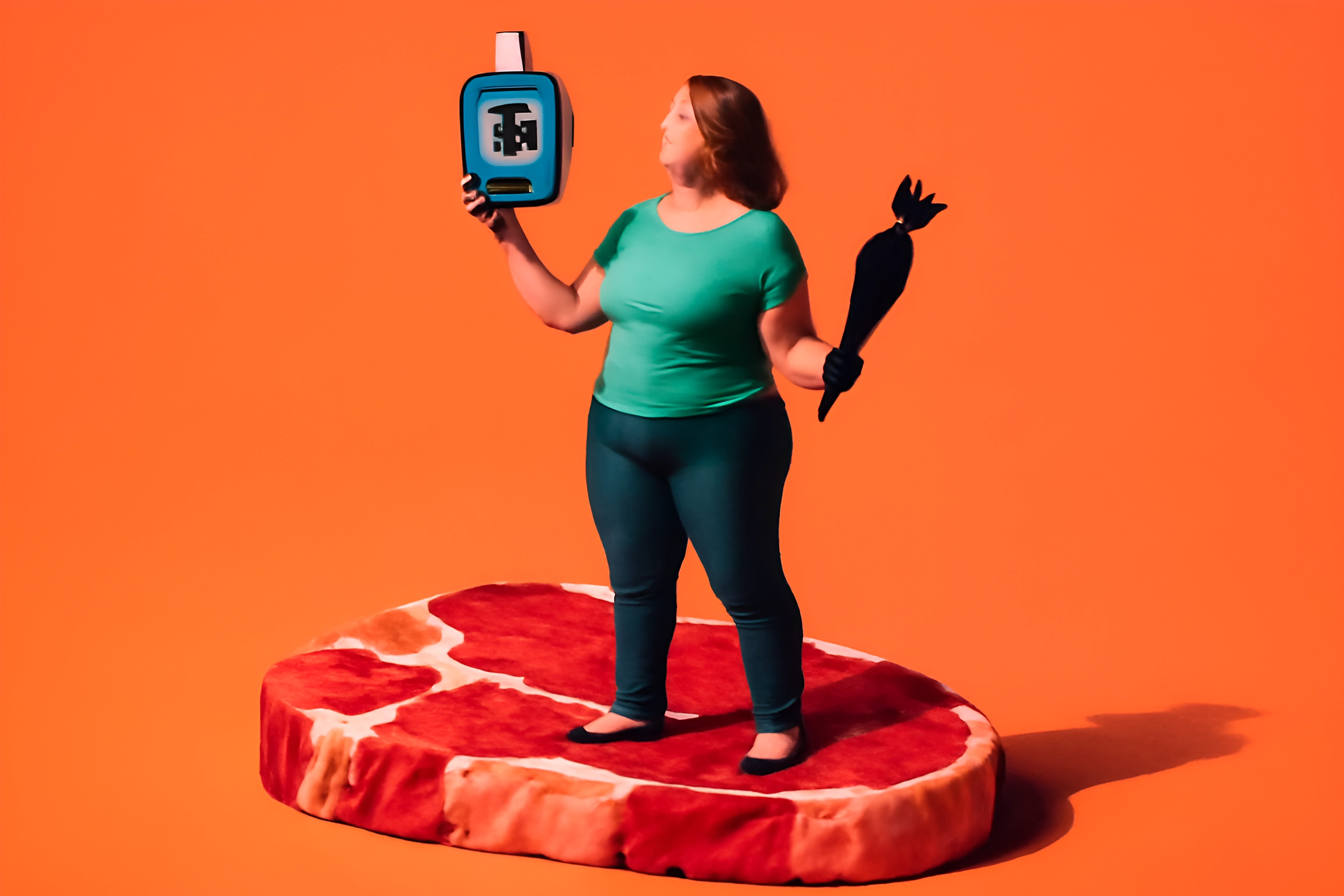
Are you tired of the endless cycle of blood sugar monitoring, medication adjustments, and dietary restrictions that don't seem to work? You prick your finger, you inject your insulin, you eat the "healthy whole grains" your doctor recommended, yet the numbers on your glucose meter remain a source of constant anxiety. You’re not alone in this fight for control, for security, for a life not dictated by a chronic disease.
The modern world is facing a staggering Type 2 Diabetes epidemic, and millions feel trapped by conventional management advice that often fails to deliver lasting results. You're told to manage a condition of carbohydrate intolerance by carefully portioning out more carbohydrates. It’s a frustrating paradox that leaves many feeling hopeless, as if they are failing the system when, in fact, the system may be failing them.
But what if there was a different path? A path that doesn't involve complex meal plans or a lifetime of escalating medications, but instead embraces radical simplicity. The carnivore diet, an all-animal-based way of eating, is emerging as a powerful tool for reclaiming metabolic health. In this post, we’re moving beyond theory. We'll share real-life carnivore success stories for diabetes and break down the science behind how this way of eating can be a game-changer for blood sugar regulation.
The Conventional Approach to Diabetes: Why It Fails So Many
For decades, the message has been drilled into us. If you have Type 2 Diabetes, you must follow a "balanced" diet. This advice, often coming from authoritative bodies like the American Diabetes Association, typically promotes a plate filled with lean proteins, non-starchy vegetables, and a significant portion of so-called healthy carbohydrates like whole grains, fruits, and starchy vegetables. You are told to eat in moderation, count your carbs, and manage the resulting blood sugar spikes with medication.
The fundamental flaw in this logic is glaring, yet it's rarely questioned in mainstream medicine. Type 2 Diabetes is, at its core, a state of carbohydrate intolerance. Your body can no longer effectively process glucose. So why is the primary solution to continue eating the very substance that causes the problem? It’s like telling someone with a peanut allergy to manage their condition by eating a small, controlled amount of peanuts every day. It makes no sense.
This is precisely why so many people are left feeling defeated, watching their A1c levels creep up and their medication dosages increase over the years. They are following the rules, but they aren't winning the game. This deep-seated frustration is what drives people to seek out a better way—a solution that addresses the root cause instead of just patching up the symptoms. They are ready for a paradigm shift that delivers real, sustainable results and gives them back their power.
The "Why" Behind the Transformation: How an Animal-Based Diet Impacts Blood Sugar
So, how does switching to an all-meat diet create such a profound shift in metabolic health? The science is surprisingly straightforward and elegant. It’s not about magic; it’s about removing the offending agent and giving your body the specific fuel it’s designed to thrive on.
Eliminating the Source of the Problem
First and foremost, an animal-based diet virtually eliminates carbohydrates. When you eat carbs, your body breaks them down into glucose, which enters your bloodstream and causes your blood sugar to rise. This signals your pancreas to release insulin to shuttle that glucose into your cells. On a carnivore diet, you starve this cycle. By consuming only meat, fish, and eggs, your glucose levels remain naturally low and stable, dramatically reducing the demand for insulin.
Enhancing Insulin Sensitivity
Constantly bombarding your body with glucose leads to insulin resistance, the hallmark of Type 2 Diabetes. Your cells become "numb" to insulin's signal, requiring more and more of it to do the same job. An animal-based diet helps reverse this process. By keeping insulin levels consistently low, you give your cells a chance to regain their sensitivity. Furthermore, this way of eating helps to lower chronic inflammation, a key driver of insulin resistance, which is one of the most powerful natural approaches to reducing inflammation on a carnivore diet.
The Power of Nutrient Density & Satiety
Animal foods are the most nutrient-dense foods on the planet, providing highly bioavailable protein, healthy fats, vitamins, and minerals without the inflammatory compounds found in plants. This combination of protein and fat also promotes a deep, lasting feeling of satiety. You eat until you are full and stay full for hours, which naturally eliminates the constant cravings and blood sugar swings caused by processed, carbohydrate-heavy foods. This effortless calorie reduction is a key reason why many experience significant weight loss, a critical factor in improving T2D. A Stanford Medicine study confirmed that low-carb diets are highly effective for improving blood glucose and promoting weight loss in diabetic individuals.
Healing the Gut, Healing the Body
A growing body of research connects gut health to overall metabolic function. Many plant compounds, like lectins and oxalates, can irritate the gut lining and contribute to systemic inflammation. By removing these potential irritants, the carnivore diet allows the gut to heal. A healthier gut leads to a less inflamed body, which in turn supports better metabolic health and insulin function, a core principle detailed in our beginner's guide for gut healing.
Real-Life Healing Stories: Carnivore Diet & Type 2 Diabetes Management in Action
Theory is one thing, but seeing it in practice is what inspires true change. The data is compelling, but the stories are what move us to act. Here are a few stories from people just like you who were tired of being defined by their diagnosis and decided to take back control of their health.
Case Study #1: Mark’s Story – From Daily Injections to Dietary Freedom
Mark, a 52-year-old contractor, felt like his life was slipping away. He was on a high dose of metformin and had recently started daily insulin injections to manage his T2D. His energy was constantly at rock bottom, he suffered from painful nerve damage in his feet, and he was hungry all the time. With an A1c of 8.9%, his future felt bleak.
His turning point came after listening to a podcast about blood sugar regulation on carnivore. Skeptical but desperate, he decided to give it a try as a last resort, committing to 30 days of nothing but beef, butter, bacon, and eggs. The changes were almost immediate. Within a week, his morning blood sugar readings had dropped so significantly that, working closely with his doctor, he had to quickly reduce his insulin.
Six months later, Mark was a new man. He was completely off insulin and, shortly after, his doctor took him off metformin as well. His A1c had plummeted to 5.4%, firmly in the non-diabetic range. The constant, gnawing hunger was gone, his energy levels were higher than they had been in decades, and the nerve pain in his feet had dramatically subsided.
"I didn't just manage my diabetes; I feel like I reversed it. I eat until I'm full and my blood sugar is more stable than it's been in 20 years."
Case Study #2: Brenda’s Story – Losing 60 Pounds and Reclaiming Her Vitality
At 45, Brenda was devastated by her T2D diagnosis, which had progressed quickly from pre-diabetes. She was also battling high blood pressure and had been told she had non-alcoholic fatty liver disease. The standard "eat less, move more" advice left her feeling exhausted and deprived, and the number on the scale refused to budge.
Frustrated and feeling trapped, she began researching an animal-based diet for diabetes. The simplicity appealed to her; no counting, no complicated recipes, just eating real, satisfying food. She committed fully, focusing on fatty cuts of meat, salmon, and eggs.
In her first year, Brenda lost 60 pounds without ever feeling hungry. Her blood pressure returned to a healthy range, and a follow-up ultrasound showed that her fatty liver had completely resolved. Today, her A1c is back in the pre-diabetic range without any medication, and she has the energy to play with her kids and enjoy life again. Her journey is a testament to how this diet can deliver real healing and transform your health.
"The weight loss was a bonus. The real win was getting my energy and my life back. I no longer define myself by my diagnosis."
Getting Started: A Practical, No-BS Approach to Carnivore for T2D
Inspired by these stories? Taking the first step can feel daunting, but it's simpler than you think. The key is to focus on simplicity and prioritize your safety.
Important Medical Disclaimer: Partner with Your Doctor
This is the most critical step. If you have Type 2 Diabetes and are on medication—especially insulin or sulfonylureas (like glipizide or glyburide)—you MUST work with your doctor. Drastically cutting carbohydrates will lower your blood sugar, and if your medication dose isn't adjusted accordingly, you risk severe hypoglycemia (dangerously low blood sugar). This is non-negotiable. For more information, you can review expert advice on how to safely adjust diabetes medications on a low-carb diet.
What to Eat
Forget complicated meal plans. The beauty of this approach is its simplicity. Your new food list is short and powerful.
- Focus on Ruminant Meats: Beef, lamb, bison, goat.
- Include Other Animal Foods: Pork, chicken, fish (especially fatty fish like salmon), eggs.
- Embrace Healthy Fats: Tallow, butter, ghee.
- Stay Hydrated: Drink plenty of water and use unrefined salt liberally.
That's it. Eat when you're hungry, stop when you're full.
Frequently Asked Questions (FAQ)
- What about cholesterol? This is a common and valid concern. However, modern science is increasingly showing that dietary cholesterol has little impact on blood cholesterol for most people and that the narrative around saturated fat and heart disease is deeply flawed. We dive deep into debunking carnivore diet myths about heart health on our blog.
- Will I get all my nutrients? Animal foods are incredibly nutrient-dense. Red meat, for example, is packed with bioavailable iron, B12, zinc, and creatine. Organ meats like liver are nature's multivitamins.
- How long until I see changes in my blood sugar? Many people see a noticeable drop in their blood sugar readings within the first few days. However, full adaptation and seeing major changes in A1c levels can take several months. Be patient and consistent.
| Feature | Conventional Diabetes Management | Carnivore Diet Approach |
|---|---|---|
| Primary Fuel Source | Carbohydrates ("healthy grains") | Fat and Protein |
| Blood Sugar Impact | Constant spikes and crashes | Stable, low levels |
| Medication Goal | Manage symptoms, often for life | Reduce or eliminate need |
| Food Focus | Calorie restriction, portion control | Satiety, nutrient density |
| Core Principle | "Eat a balanced diet" | Eliminate inflammatory triggers |
Your Health is in Your Hands
The conventional path for managing Type 2 Diabetes often leads to a lifetime of medication and complication management. The carnivore diet offers a radically different approach—one that empowers you to address the root cause of the disease by simply removing the fuel that feeds it. It’s a return to an ancestral way of eating that provides your body with the building blocks it needs to heal itself.
The stories of Mark and Brenda are not outliers. They are examples of what is possible when you challenge the status quo and decide that you deserve more than just "management." They show that radical, life-altering transformation is within your reach.
At HealingCarnivore, we believe that you hold the power to reclaim your health, vitality, and freedom. Food is the most powerful medicine you have. The choice to use it is yours.
Ready to start your own healing journey? Download our free Carnivore Diet Beginner's Guide to get started with confidence.
Have you used an animal-based diet to manage your health? Share your story in the comments below—your experience could be the inspiration someone else needs to see.
